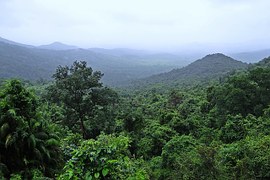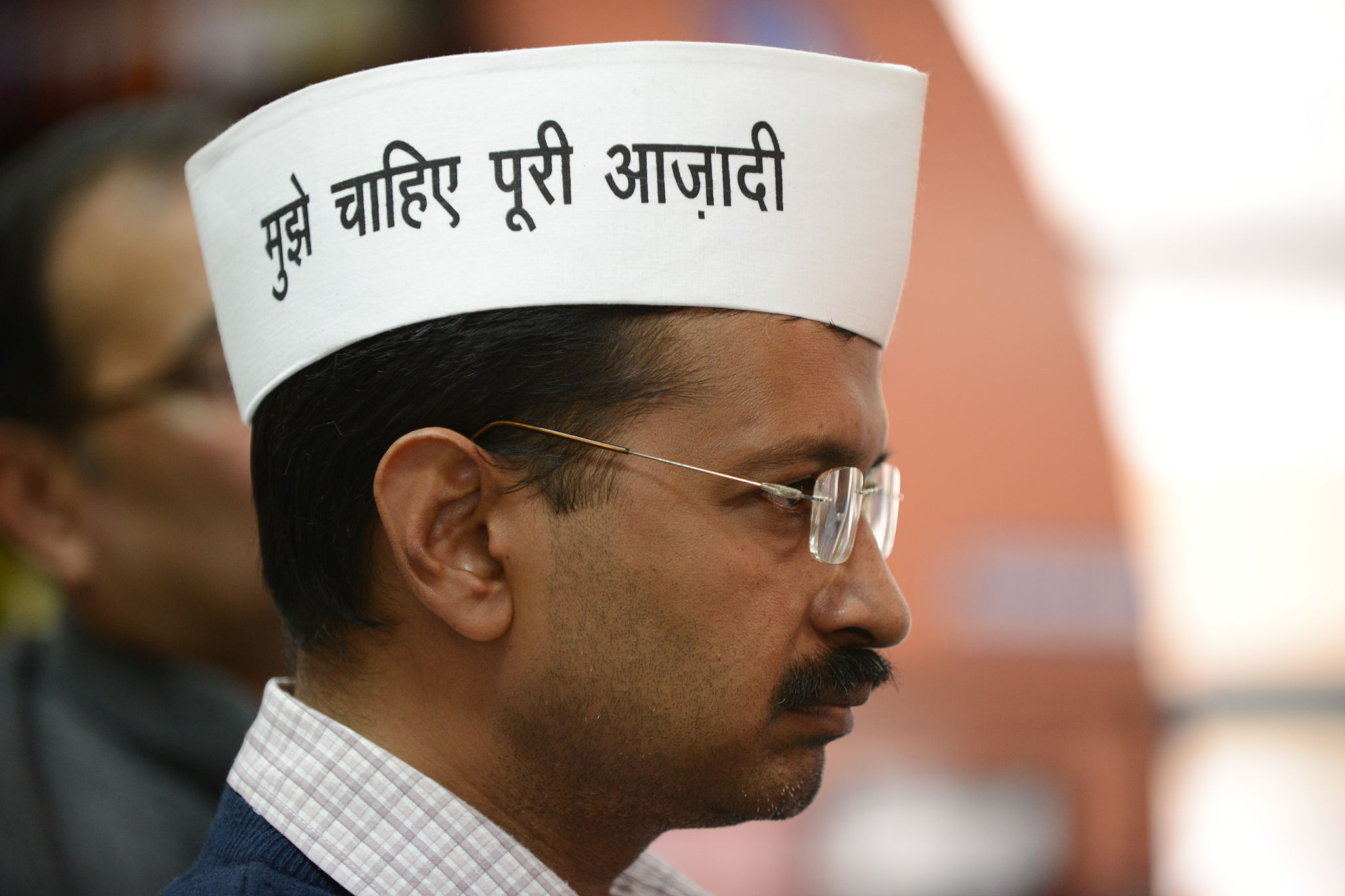A Verdant Campaign to Save the Sahyadris

Introduction
The Western Ghats, also known as the Sahyadris, are some of the most picturesque locations in the whole of India. Naturally, such beauty will attract tourists from across the country, who are enticed by the panoramic sights and the promise of nature. However, this region is also extremely eco-sensitive—so it becomes highly susceptible to defiling and tainting by us humans. And this is what has been happening over the last few decades—the Sahyadris have sadly lost their innate beauty to the plastic, bottles and foodstuffs carried by the trekkers and travelers who seek a taste of the Western Ghats’ pure and invigorating atmosphere.
However, this does not mean that all trekkers and adventurers contribute to the sullying of the quaint ambiance of the Sahyadris. One such person who contributed positively and sought to make a positive change on the Indian environment is Dinesh Holla—a passionate trekker and environmentalist who decided that rather than marring and littering the pristine Ghats with manmade objects, he would erase these marks and add to the serenity of the hills.
Reasons behind Holla’s Initiative
Holla has been trekking the Ghats for many years, but his admirable initiative to clean the Western Ghats began a few months ago, when he saw how the animal life of that region was being affected by the liquor bottles and plastic that had been littered there; as said by Holla, “During a trek to Kudremukh, about five years ago, we found an injured antelope. The reason for the injury was a piece of beer bottle that was stuck in the animal’s hoof. As we proceeded further, we found many liquor bottles, some broken, lying in the middle of the thick forest. They were left there by a group of trekkers”. Struck and saddened by the plight of the natural environment, Holla embarked on a journey to rid the Sahyadris of the contamination that plagued them; he and his committed team of 39 members managed to collect five bags of beer bottles, plastic water bottles and big amounts of plastic, wrappers and other carelessly discarded material.
Aesthetic and Environmental Implications
After the waste is collected by Holla and his team, it is sent to scrap dealers who segregate it and use it accordingly—thereby assuring minimum wastage. In order to raise and spread awareness regarding their campaign, they intend to plan a “Swachch Western Ghats” trekking camp every month, wherein they tackle a different section of the Ghats every time. Even the youth are getting involved in the spirit of environmental conservation—students of several colleges are also wholeheartedly contributing and actively participating in this program. This is leading to a collaboration between adults and the youth of India—who are on a mission to ensure that the Western Ghats are not asphyxiated by squalor and neglect.
Littering is a quick, seemingly inconsequential process, but it can have massive consequences in the long run—it interferes with the photosynthesis of plants, gives rise to invasive species, and imperils the environment of the animals. And its most glaring downside is the fact that littering is unsanitary, and utterly blemishes the pure and innocent face of nature. Therefore, Holla’s actions will have not only an aesthetic impact, but also an environmental one. Moreover, by engaging a large number of people in his endeavors, Dinesh Holla has also succeeded in raising awareness about truly pressing issues—issues, that if left unattended to, can have catastrophic effects on the environment of the Sahyadris, as well as on the neighboring regions. Such was his drive to preserve this natural heritage that he stopped writing about different tourist attractions and beauteous spots in the Sahyadris, since he realized that more trekkers was synonymous with more pollution and spoliation.
Holla’s Team
However, it is not only Holla who has a vast amount of dedication contained within him—so does his team. Since travelling and spending ample amounts of time in the Western Ghats is a task that comes coupled with financial expense, every member of the team is willing to join him and save nature by financially contributing to the trip. In the words of Holla, “the entire South India will be safe if only the Western Ghats are safe and secured. Any damage to the land or to the flora and fauna will invariably destroy the Southern India as all elements are interlinked. Hence, it is the duty of every individual to safeguard the Western Ghats and protest against projects that are hazardous to the Ghats”. Numerous pictures of Holla and his team’s excursions can be found at the following website—“Dinesh Holla, crusader on mission to cleanse the Ghats”, published by Udayavani.
Conclusion
The Sahyadris are a precious specimen of nature; so pristine, in fact, that they have had to bear the brunt of the innumerable trekkers who venture to the Western Ghats. All the same, this does not mean that what has been done cannot be undone—and Dinesh Holla and his ardent team are the few people who have taken advantage of this fact, and can even be deemed the saviours of the Sahyadris.
[Image Attribute: Sarangib]



